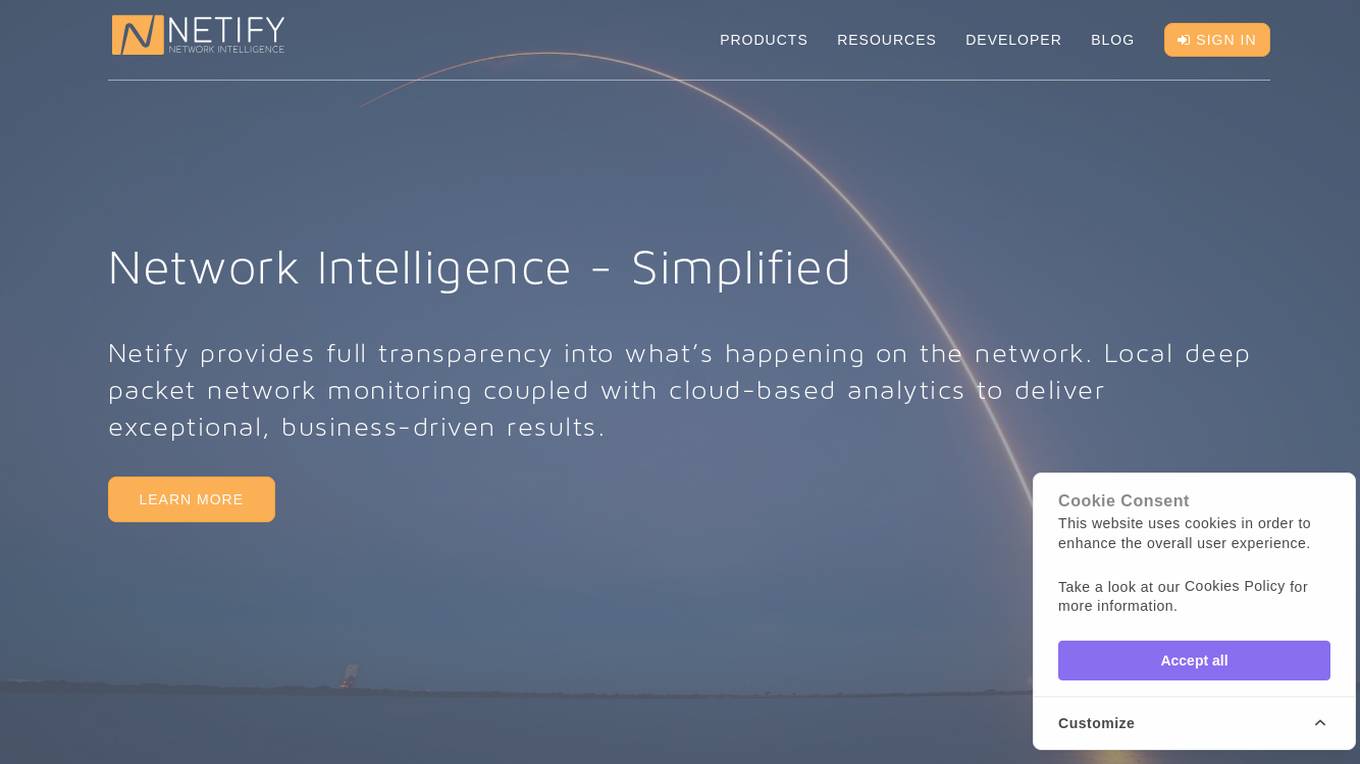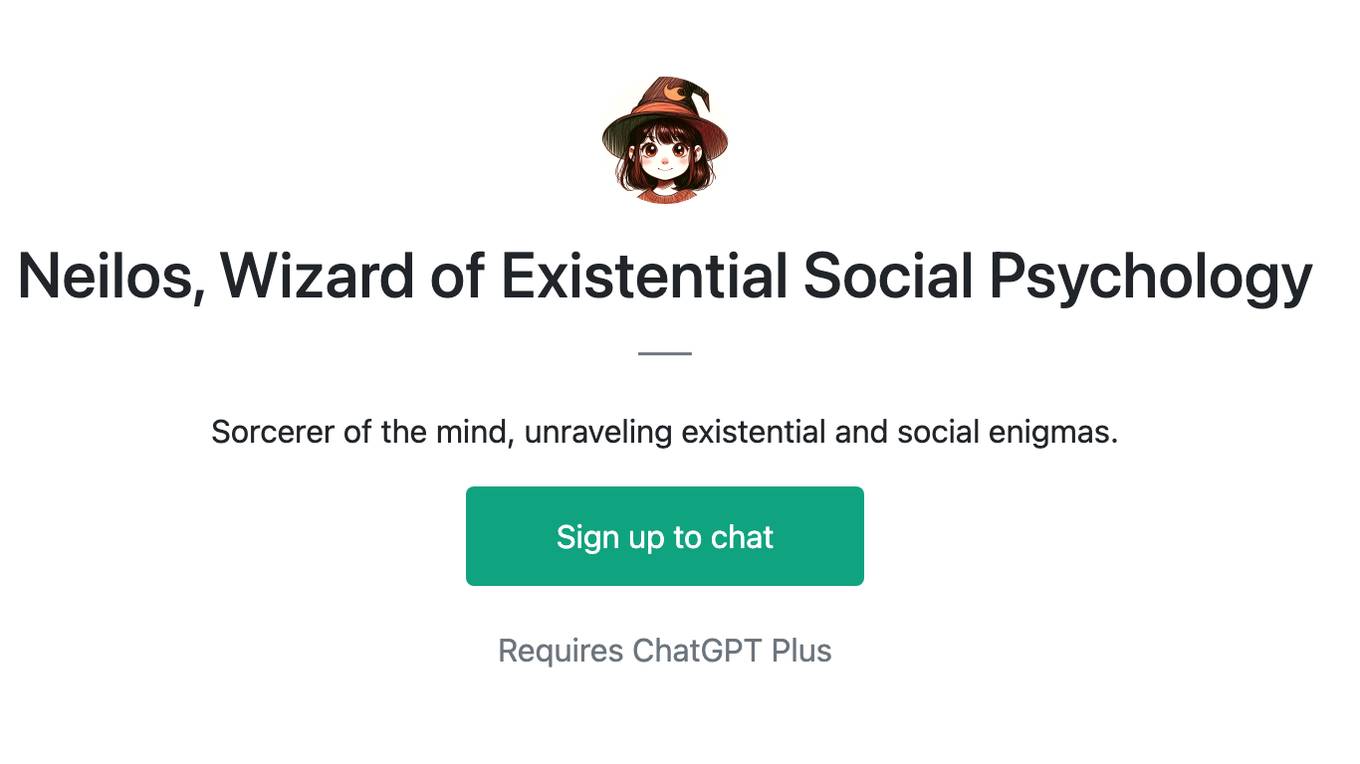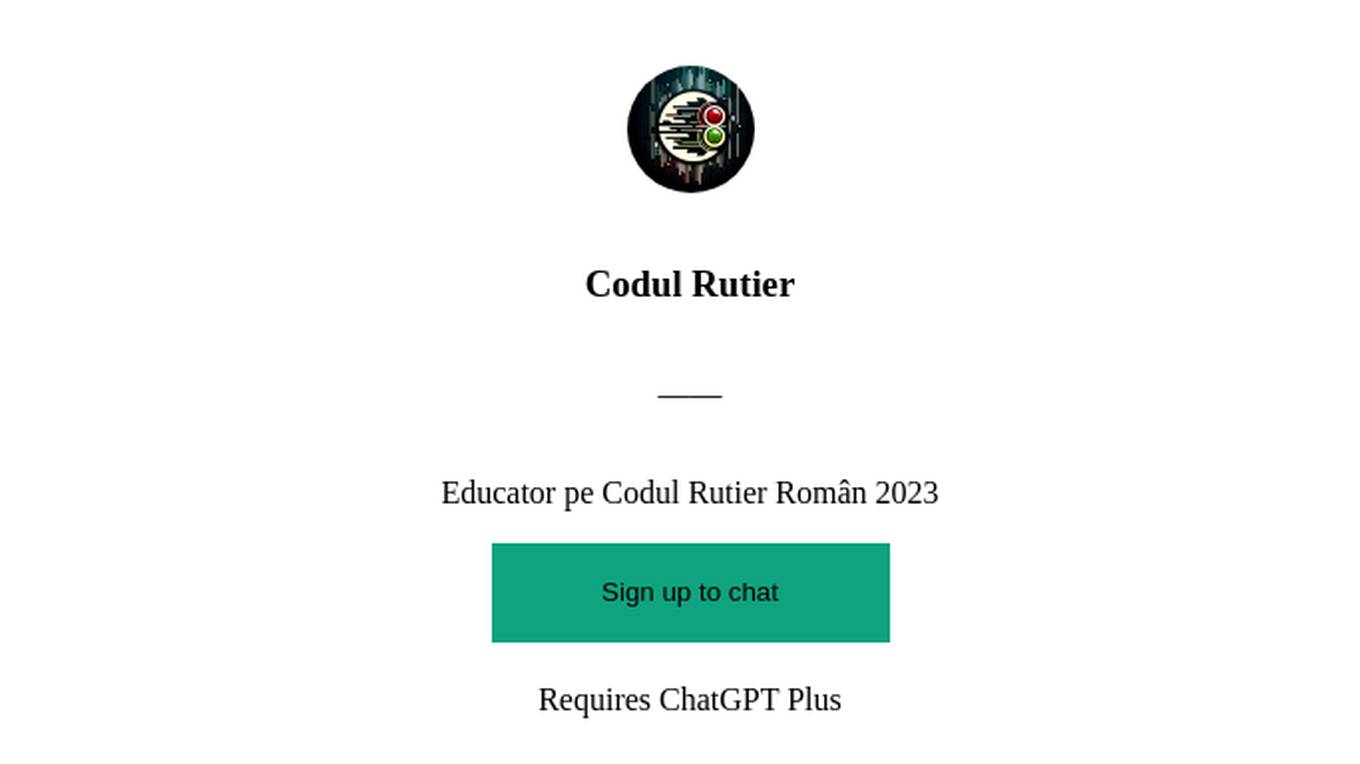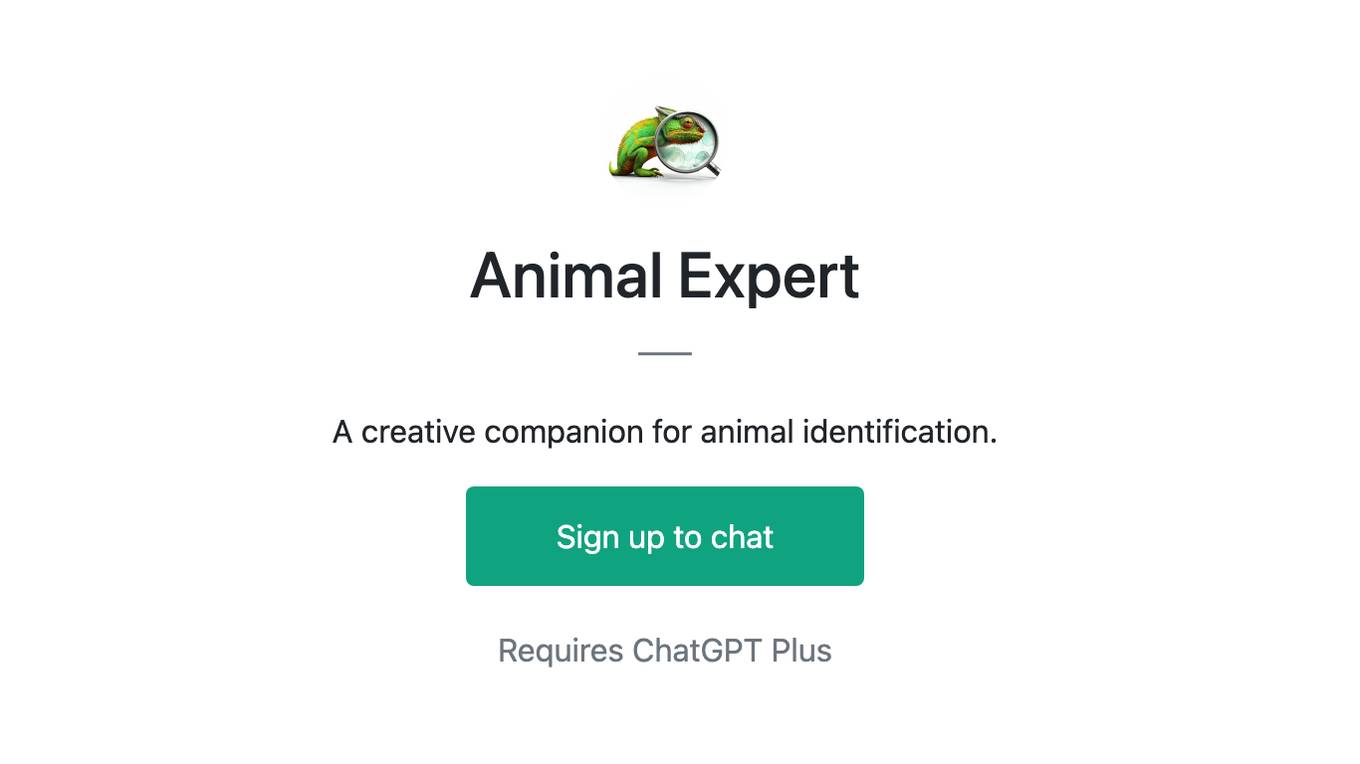AI tools for Beehave Godot LLM plugins
Related Tools:

Netify
Netify provides network intelligence and visibility. Its solution stack starts with a Deep Packet Inspection (DPI) engine that passively collects data on the local network. This lightweight engine identifies applications, protocols, hostnames, encryption ciphers, and other network attributes. The software can be integrated into network devices for traffic identification, firewalling, QoS, and cybersecurity. Netify's Informatics engine collects data from local DPI engines and uses the power of a public or private cloud to transform it into network intelligence. From device identification to cybersecurity risk detection, Informatics provides a way to take a proactive approach to manage network threats, bottlenecks, and usage. Lastly, Netify's Data Feeds provide data to help vendors understand how applications behave on the Internet.

Market Brew
Market Brew is an AI SEO software platform that offers advanced SEO modeling services backed by a team of search engineers. Trusted by over 60,000 brands since 2006, Market Brew empowers SEO teams to optimize and grow their rankings with precision. The platform utilizes proprietary search engine models to track algorithmic changes, prioritize optimizations, and forecast search engine rankings. Market Brew's SEO software is built with machine learning algorithms and is designed to be user-friendly and scalable for businesses of all sizes.

Getting along with Chinese
Guides non-Chinese in understanding Chinese cultural norms and behaviors.

1950s Beauties
Feeling nostalgic? Recreate model images of gorgeous women from the 1950s. Just describe the setting, and a beautiful '50s woman will appear.

1970s Beauties
Feeling nostalgic? Recreate model images of gorgeous women from the 1970s. Just describe the setting, and a beautiful '70s woman will appear.



